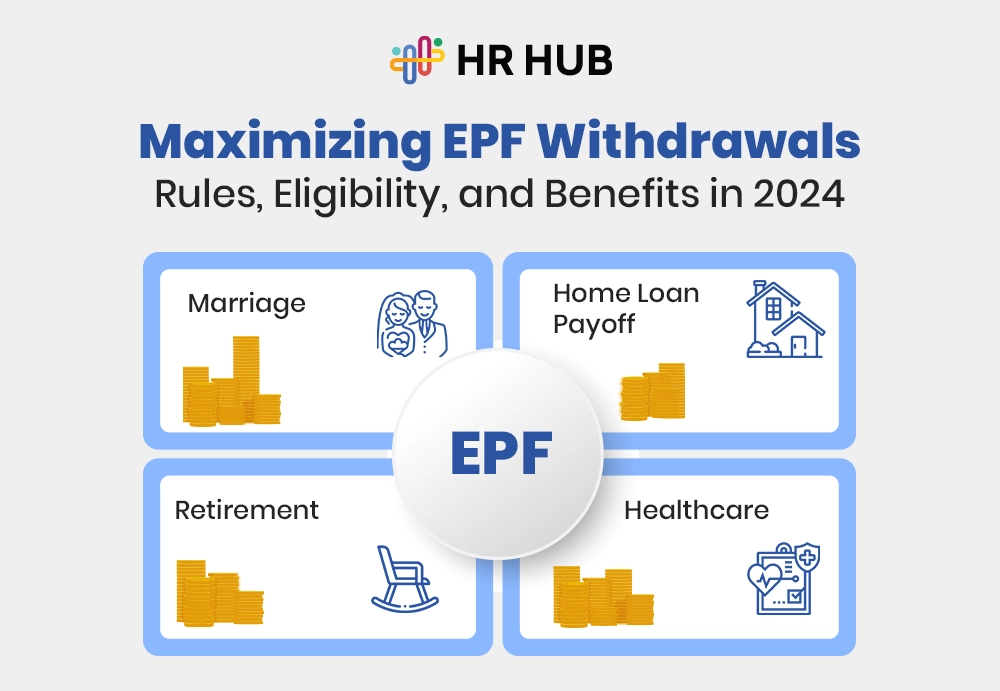In today's fast-paced corporate world, HR departments continually seek ways to streamline operations and enhance efficiency.
One transformative solution is the integration of digital HR compliance checklists with electronic signatures (e-signatures).
This innovative approach simplifies the compliance process and significantly improves accuracy, security, and cost management.
The Strategic Advantages of Digital Compliance Checklists with E-Signatures
Understanding the advantages of having a digital compliance checklist with E-signature becomes essential.
1. Enhanced Efficiency in Compliance Management
Integrating e-signatures with compliance checklists accelerates the documentation cycle significantly.
Forrester has highlighted that companies using e-signatures report a 25% improvement in document processing times.
This swift processing capability reduces administrative burdens, enabling HR personnel to focus on more strategic tasks.
2. Precision in Record Keeping
Thanks to automation, the shift to digital compliance checklists ensures that every compliance activity is logged accurately.
This technological enhancement minimizes human errors in record-keeping.
Gartner estimates that such automated document management systems can reduce inaccuracies by up to 40%, ensuring a more reliable compliance framework.

3. Real-Time Monitoring and Alerts
Digital compliance tools equipped with e-signatures offer the advantage of real-time updates and alerts.
These features keep HR managers well-informed about critical compliance deadlines and policy changes, helping prevent potential non-compliance issues before they arise.
4. Unmatched Accessibility Across Geographies
The nature of digital checklists allows for unparalleled flexibility and accessibility.
Whether team members are in the office, working remotely, or in a hybrid setting, they can access and sign documents anytime and from anywhere.
This capability is crucial for maintaining seamless compliance processes across various locations.
5. Robust Security and Legal Compliance
E-signatures provide a secure and legally recognized way to sign documents.
They come equipped with advanced security measures like encryption and authentication protocols, safeguarding sensitive information from tampering and unauthorized access.
According to IDC, these digital solutions enhance data security measures by about 35%, reinforcing the legal validity of the documentation process.
6. Significant Reduction in Operational Costs
By eliminating the need for physical documents, including printing and mailing, digital checklists integrated with e-signatures can drastically reduce operational expenses.
Forrester’s research suggests that companies can save up to 30% on administrative costs by adopting these digital solutions.

The most massive multi-signature transaction involved over 2,000 signatures for a single document, setting a world record and showcasing the scalability and efficiency of digital signature technology.
Interactive Guide to E-Signature Compliance for HR Professionals
Navigating the world of electronic signatures (e-signatures) doesn't have to be complex. Think of it as preparing for a journey where each step ensures a safe, efficient, and compliant trip. Here’s a streamlined guide to help you manage e-signature processes in your HR operations effectively.
Step 1: Get to Know the Rules of the Road (Understanding Laws)
Understand the legal landscape for e-signatures, both locally and internationally.
Key Actions:
- Research Laws: Familiarize yourself with major e-signature regulations like the U.S. ESIGN Act and the EU’s eIDAS. These laws ensure that e-signatures are as valid as traditional ones.
- Ensure Equivalence: Verify that e-signatures are legally recognized in your jurisdiction, like handwritten signatures.
Step 2: Choose the Right Travel Partner (Selecting an E-Signature Provider)
Pick a reliable e-signature provider that meets legal standards.
Key Actions:
- Check Verification Features: Ensure the provider offers robust methods for verifying signer identities.
- Audit Trails: Choose a provider that offers comprehensive audit trails, detailing who signed what and when.
- Security Standards: Look for certifications like ISO 27001 to guarantee top-notch security.
Step 3: Get Everyone on Board (Ensuring Consent and Disclosure)
Obtain clear consent from all parties and disclose how the e-signature process works.
Key Actions:
- Obtain Explicit Consent: Clearly document that all parties agree to use e-signatures.
- Provide Clear Instructions: Ensure everyone understands how to access and use the e-signature system.
Step 4: Keep the Map Visible (Maintaining Transparency and Accessibility)
Ensure all parties have continuous access to documents and offer alternatives if needed.
Key Actions:
- Ensure Access: All signed documents should be easily accessible to every signer.
- Provide Alternatives: Accommodate individuals who prefer not to use digital methods.
Step 5: Check IDs (Verifying Signer Identity)
Implement robust methods to confirm the identity of each signer.
Key Actions:
- Use Strong Authentication: Implement methods like two-factor authentication.
- Maintain Consistency: Apply the same verification methods across all documents.
Step 6: Document the Journey (Keeping Comprehensive Records)
Maintain a secure and accessible record of all e-signature documents.
Key Actions:
- Secure Storage: Keep all documents in a secure environment for the required duration.
- Implement Backups: Have reliable backup systems in place to safeguard records.
Step 7: Train Your Travelers (Educating Employees and Signers)
Ensure that all participants are knowledgeable about the e-signature process.
Key Actions:
- Conduct Training: Regularly train staff on the legal and technical aspects of e-signatures.
- Provide Clear Instructions: Offer detailed guidance on how to sign documents electronically.
Step 8: Regular Check-ups (Reviewing Compliance Policies)
Regularly review and update your e-signature policies to remain compliant.
Key Actions:
- Annual Reviews: Assess your e-signature practices annually to ensure they meet current legal standards.
- Consult Experts: Regularly seek advice from legal experts to keep your practices up-to-date.
Seamlessly Integrating E-Signatures with HR HUB
For HR professionals looking to adopt or enhance their e-signature capabilities, HR HUB offers a robust platform that supports compliance with global laws and integrates these capabilities into a comprehensive suite of HR tools.
This allows for a seamless transition to digital processes, ensuring both efficiency and legal adherence.
By carefully implementing these steps, HR departments can leverage the benefits of electronic signatures while minimizing legal risks, ensuring that their digital transformation enhances productivity and compliance.






